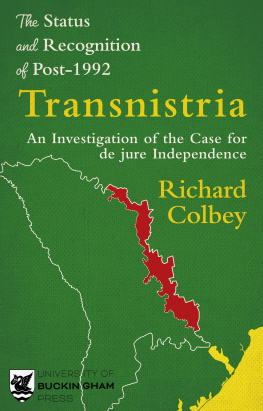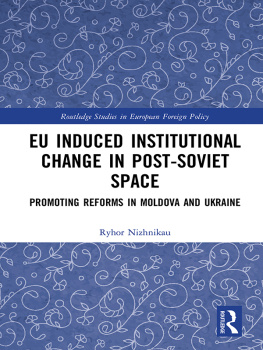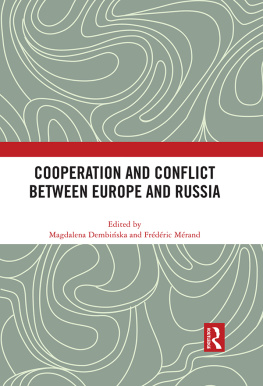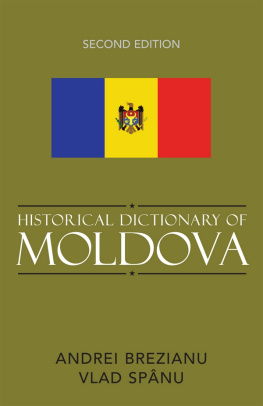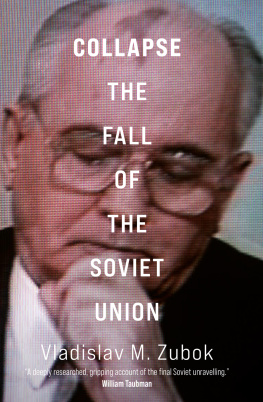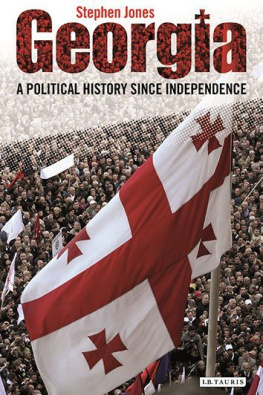
Moldova
Moldova
A History
Rebecca Haynes

I.B. TAURIS
Bloomsbury Publishing Plc
50 Bedford Square, London, WC1B 3DP, UK
1385 Broadway, New York, NY 10018, USA
BLOOMSBURY, I.B. TAURIS and the I.B. Tauris logo are trademarks of Bloomsbury Publishing Plc
First published in Great Britain 2020
Copyright Rebecca Haynes, 2020
Rebecca Haynes has asserted her right under the Copyright, Designs and Patents Act, 1988, to be identified as Author of this work.
For legal purposes the Acknowledgements on p. viii constitute an extension of this copyright page.
Cover design: Daniel Benneworth-Gray
All rights reserved. No part of this publication may be reproduced or transmitted in any form or by any means, electronic or mechanical, including photocopying, recording, or any information storage or retrieval system, without prior permission in writing from the publishers.
Bloomsbury Publishing Plc does not have any control over, or responsibility for, any third-party websites referred to or in this book. All internet addresses given in this book were correct at the time of going to press. The author and publisher regret any inconvenience caused if addresses have changed or sites have ceased to exist, but can accept no responsibility for any such changes.
A catalogue record for this book is available from the British Library.
A catalogue record for this book is available from the Library of Congress.
ISBN: HB: 978-1-7883-1814-3
PB: 978-1-7807-6162-6
ePDF: 978-1-7883-1813-6
eBook: 978-1-7883-1812-9
Typeset by Newgen KnowledgeWorks Pvt. Ltd., Chennai, India
Printed and bound in Great Britain
To find out more about our authors and books visit www.bloomsbury.com and sign up for our newsletters.
In memory of John Stoye (19172016)
Contents
I am particularly indebted to my colleagues at the UCL School of Slavonic and East European Studies and in Romania and Moldova for their continued advice and encouragement in the preparation of this book. Particular thanks are due to Dr Svetlana Suveic for her friendship and helpful suggestions over the years. Any errors and inconsistencies in this work remain my own.
My thanks also to the editorial staff at I.B. Tauris and Bloomsbury for their patience along the way and to my parents, under whose roof part of this book was researched and written.
This book is dedicated to the memory of Dr John Stoye (19172016), an inspiring teacher and gifted scholar who long encouraged my interest in Central and Eastern Europe.
Rebecca Haynes
June 2019
Central and Eastern Europe has long been subject to competing peoples, kingdoms and empires which has given rise to different forms of place-names. The choice of any particular variant of these place-names is often interpreted as reflecting national partisanship.
The decision to use present-day place-names when discussing the history of Moldova and its territorial neighbours is, however, purely for the convenience of the reader in what is already a complicated narrative. Since there are inevitably some exceptions to this rule, required to explain certain specific historical developments, alternative names are also listed in the Index.
| CPSU | Communist Party of the Soviet Union |
| DMR | Dniester Moldovan Republic (also known as Transnistria) |
| ECHR | European Court of Human Rights |
| MASSR | Moldovan Autonomous Soviet Socialist Republic |
| MSSR | Moldovan Soviet Socialist Republic |
| OGFOR | Operational Group of Russian Forces |
| OSCE | Organisation for Security and Cooperation in Europe |
| OSTOK | Obedenionyi Soiuz Trudovykh Kolektivov |
| (United Council of Workers Collectives) |
| PCRM | Party of Communists of the Republic of Moldova |
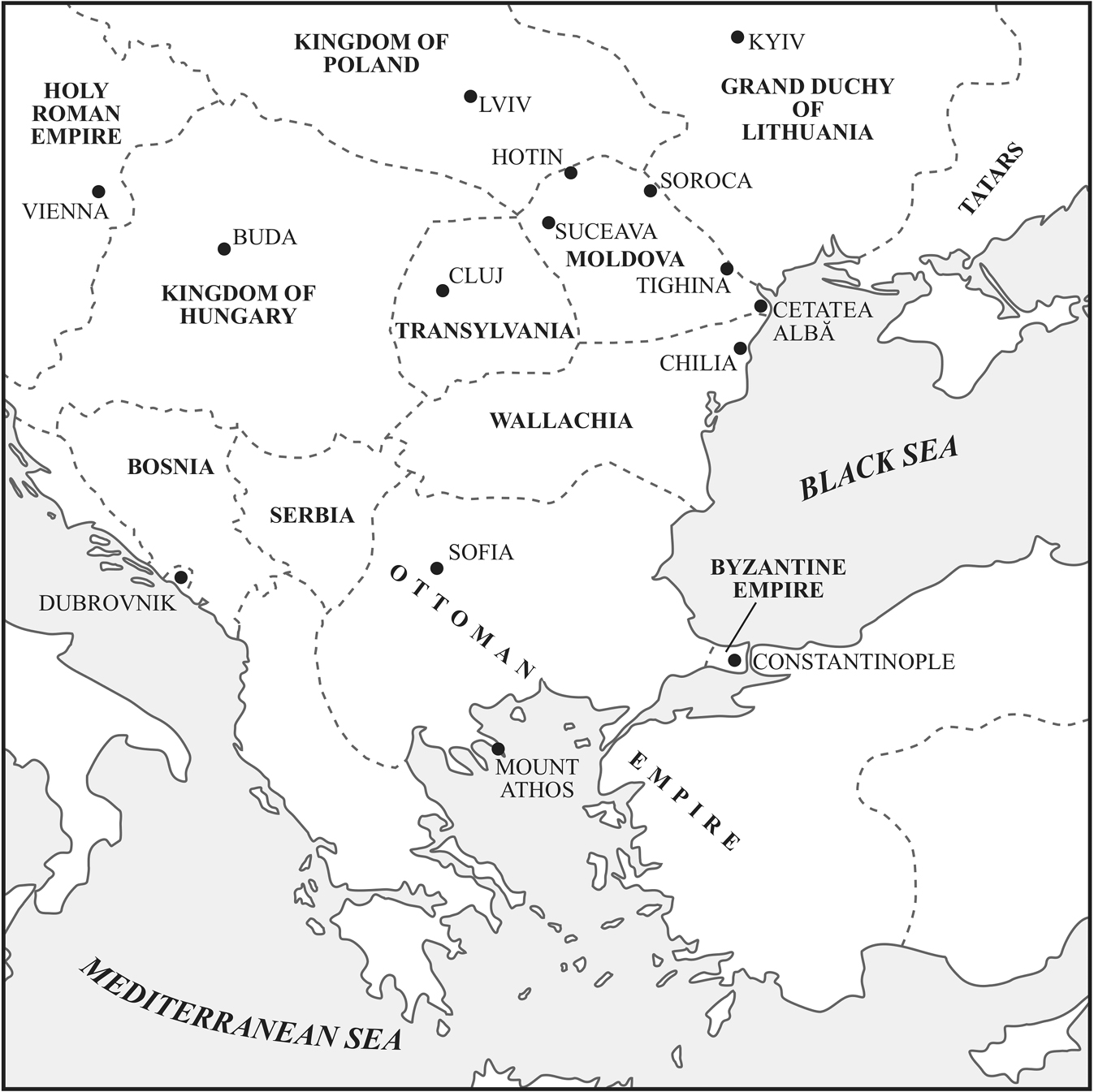
Map 1 Moldova and Its Neighbours in the Early Fifteenth Century

Map 2 The Principality of Moldova in 1483
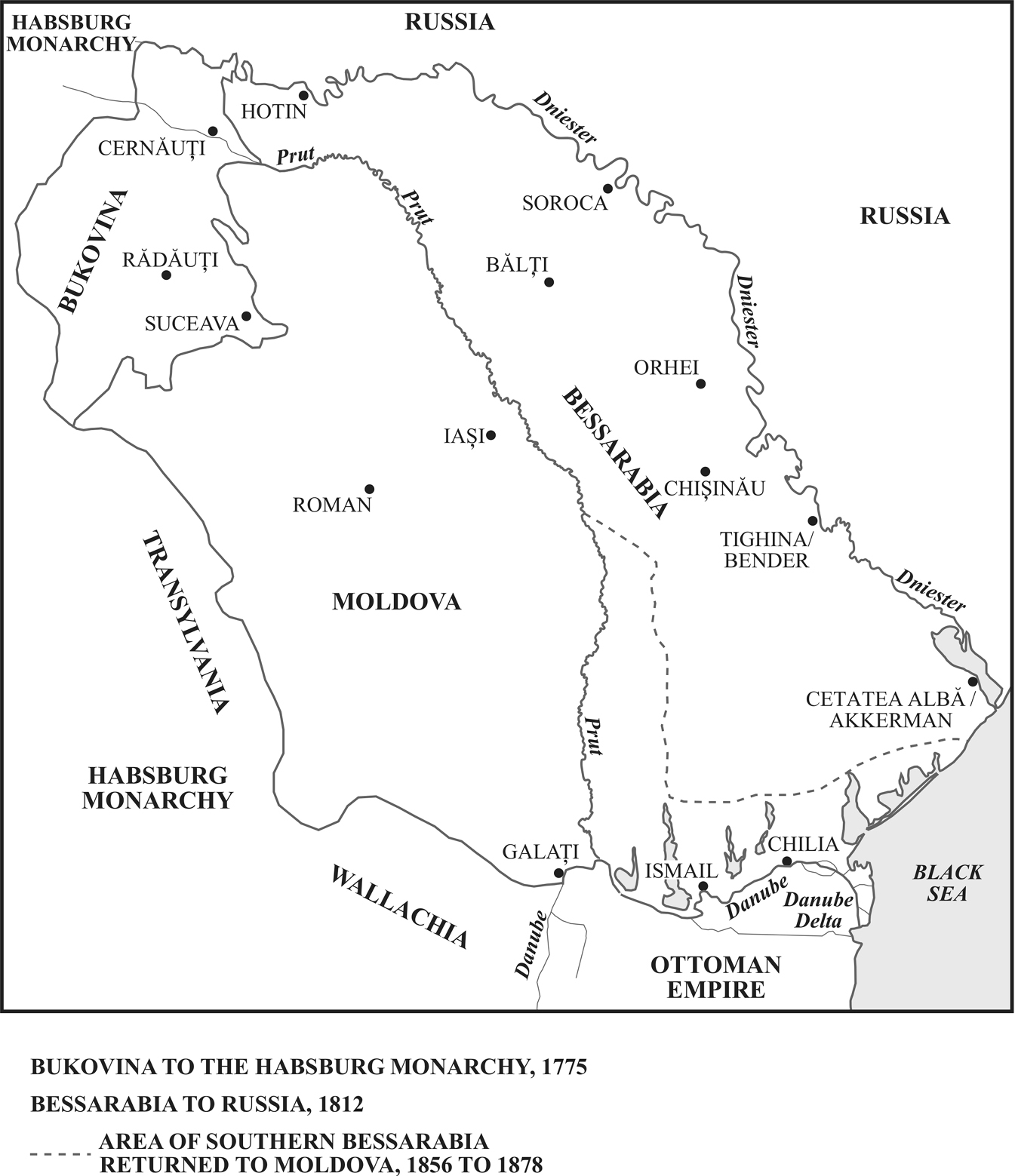
Map 3 The Partition of the Principality of Moldova, 1775 and 1812
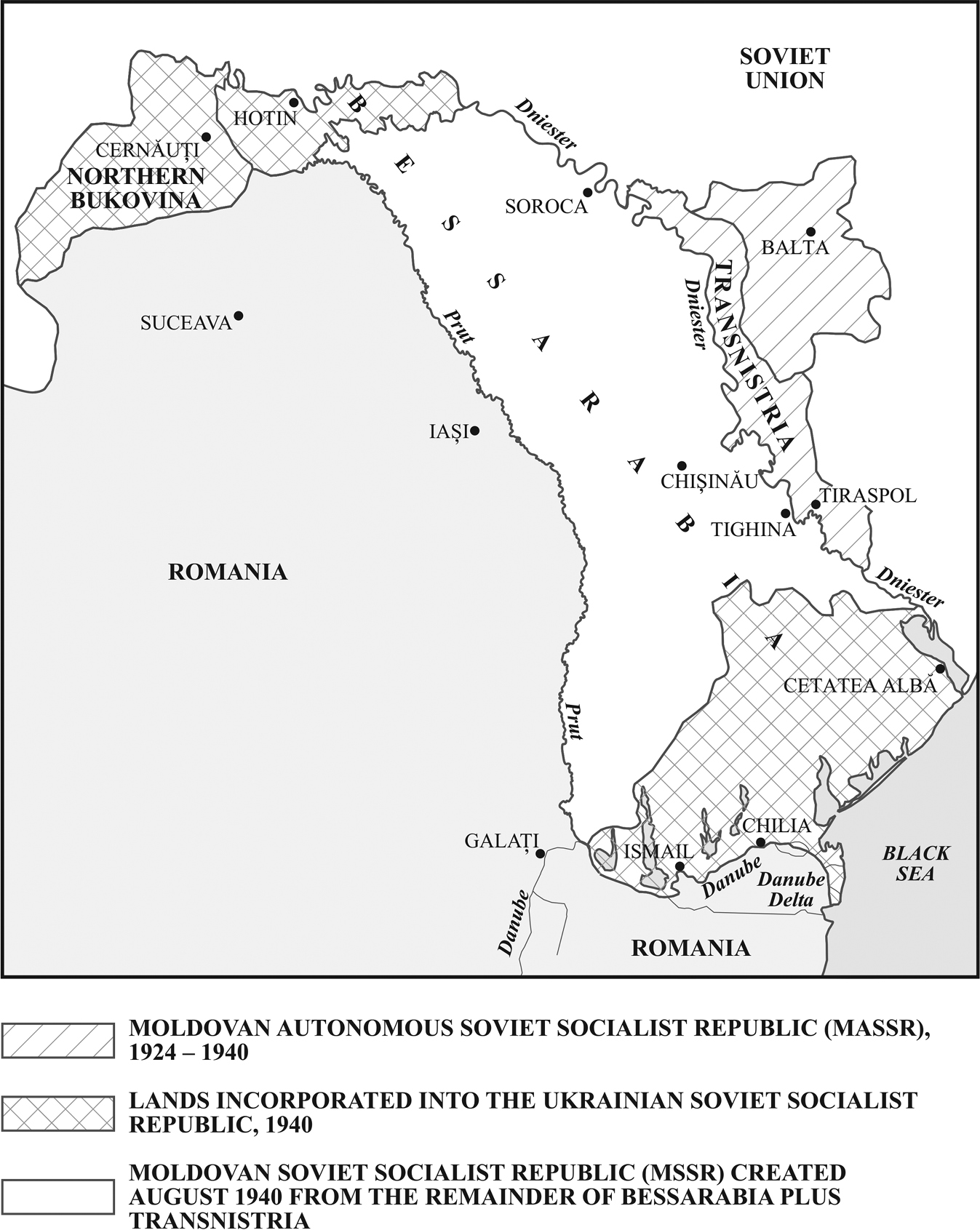
Map 4 The Creation of the MSSR, 1940
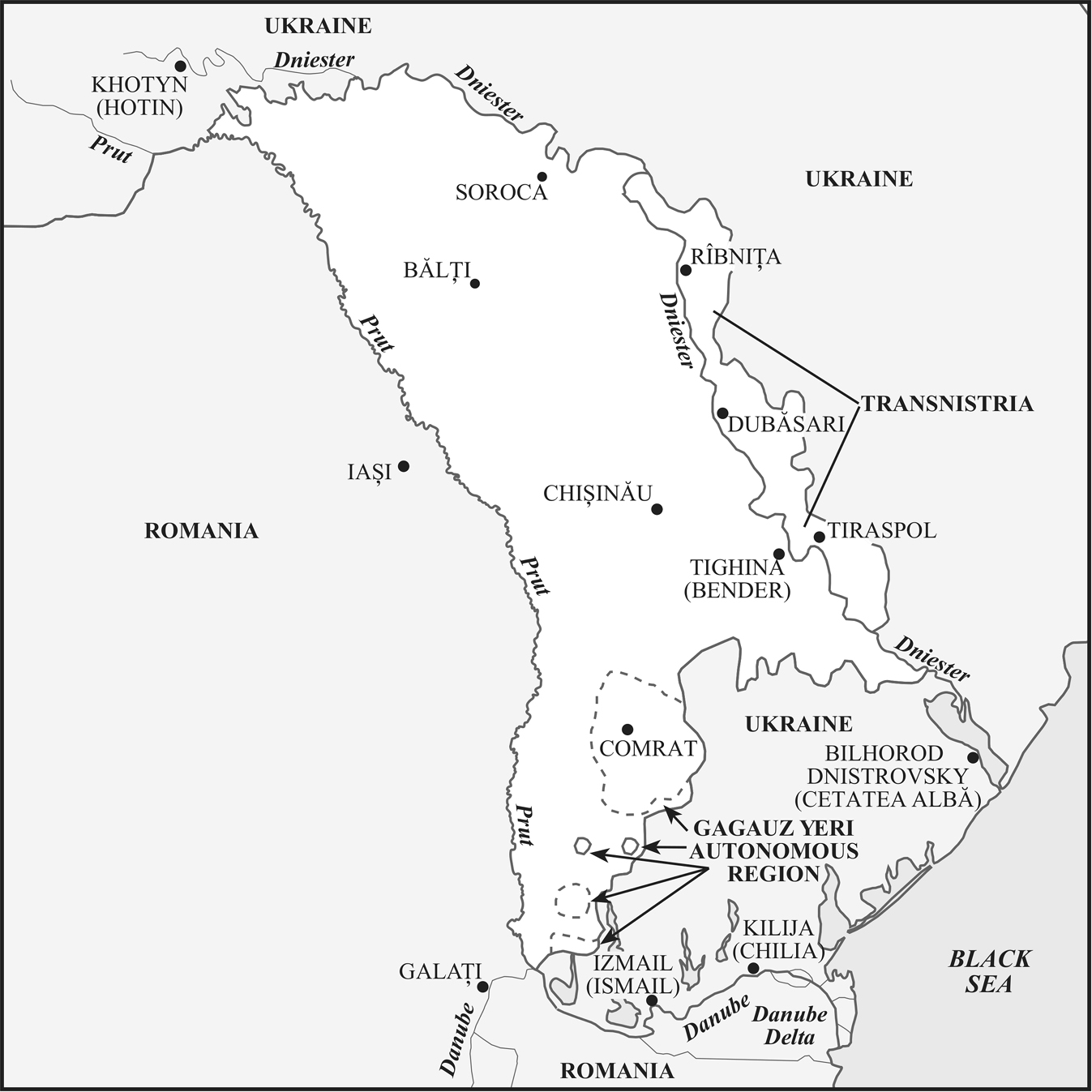
Map 5 The Republic of Moldova Today
The Republic of Moldova has the distinction of being both Europes poorest country and its least visited. It may be known to English speakers through Tony Hawkss Playing the Moldovans at Tennis , which describes the authors tennis matches against Moldovan football players and his experiences of daily life in Moldova and Transnistria. The film adaptation of the book appeared in 2012 and was the first British film to be made in Moldova. The Eurovision
Moldova lies in a remote corner of Eastern Europe, with most of its territory found between the rivers Prut and Dniester. This region between the two rivers is frequently also referred to as Bessarabia in historical literature. Moldova is bordered by Romania to the west along the course of the River Prut but is otherwise surrounded by Ukrainian territory. The republic is 33,851 km, which is almost the same size as Belgium. Moldovas terrain consists largely of a hilly plateau of forest steppe crossed by ravines and rivers. The highest point in the republic is the Blneti hill in the centre of the country which is just 430 metres above sea level. In the north and south of Moldova lie the steppes of the Bli region and the Bugeac plain, respectively. Rich in fertile, black soil, Moldova is primarily an agricultural country with some 40 per cent of the workforce involved in agricultural production. The countrys population in 2017 was just 3.5 million, but almost half of it now lives abroad. To the east of the River Dniester is the small strip of land which constitutes the breakaway, and internationally unrecognized, Transnistrian republic, which declared its independence from the rest of the Republic of Moldova in 1991.
Moldova lacks much of what would make it obviously attractive to tourists. It has no high mountains for skiing or trekking. Despite its warm summer temperatures, it has no sea coast for beach resorts. It has no historic urban centres of European cultural significance. Of the five great Moldovan fortresses built on the rivers Danube and Dniester in the medieval and early modern era, three are now in Ukrainian territory, while the fortress at Tighina (also known as Bender to Russian speakers) is under the effective control of the Transnistrian authorities and is a Russian military base. Only the fortress at Soroca, on the upper Dniester, now belongs incontestably to the Republic of Moldova.
Next page


